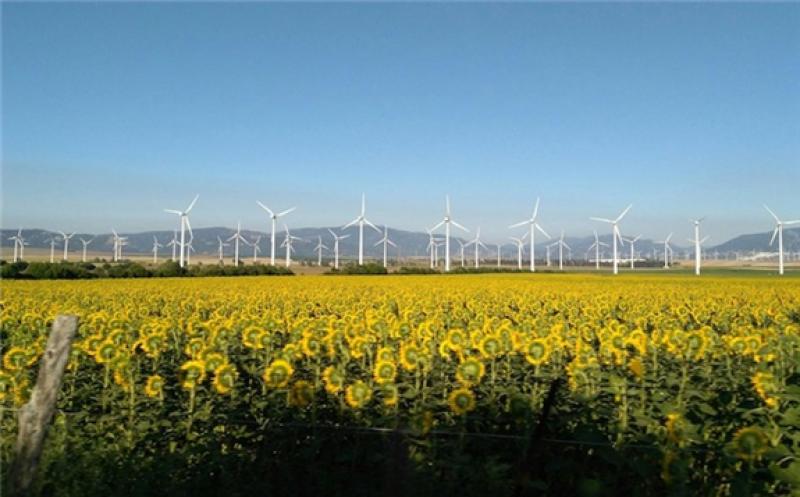Investment totalling £350bn is needed in technology including hydrogen networks, renewables and battery storage over the next 30 years to complete the UK’s net zero transition, according to a new report.

The report, titled Aligning the Stars: Asset owners and energy investment toward Net Zero, published by LCP highlights the scale of investment opportunities for private capital in helping the UK Government to achieve its net zero targets and those outlined in the energy white paper.
LCP estimates that the energy sector could harness untapped private capital to develop “investible assets to the tune of £350bn” over the next 30 years aimed at decarbonising the UK economy.
This scale of investment equates to £12bn per year, every year until 2050.
Existing renewable technologies such as wind and solar, alongside battery storage will lead the way, as well as creating new opportunities in innovative technologies such as hydrogen, LCP said.
Analysis by LCP in the report highlights two different scenarios and the scale of investment that could play out in the coming years.
A “business-as-usual” scenario would see UK asset owners extending their infrastructure investments over the next decade to £70bn, leaving a funding gap of £100bn by 2030.
A more optimistic scenario sees UK asset owners increasing their exposure alongside global asset owners and the government.
With careful design and targeting of investments, up to £125bn could be invested over the next decade and the required £350bn by 2050.
The doorway between private investment and infrastructure has been “wide open” for the last decade with UK asset owners investing £45bn in infrastructure assets from offshore wind, to biomass, solar and sewers, alongside asset owners from the Netherlands, Australia, Canada and more.
To increase this appeal, LCP’s report said the energy sector will need to work with investors to bring forward enough of the right assets at the right risk/return levels and quantity to interest global asset owners.
“The current levels of investment are often framed as a lack of demand from investors, but the problem has in fact been a lack of supply, with assets at the right risk return levels,” said the report.
Kyle Martin, head of market insight at LCP, said: “The Government’s Energy White Paper reaffirms that realising net zero will require more than a one size fits all approach.
“There is a broad diversification in both the technologies and assets that will be required, from existing technologies such as wind and solar that will need to be deployed more widely, to emerging technologies such as hydrogen and carbon capture that are still in their infancy.
“There will be a lot of eyes on the Chancellor tomorrow and whether he signals a kick-start to the boom of investment opportunities that will be needed over the next 30 years.”
The report found that the more familiar renewable energy technologies such as wind and solar will continue to represent the biggest investment opportunity over the medium term, and the re-admission of onshore wind and solar to the next round of contract-for-difference auctions could stimulate greater supply of projects.
The newest technologies such as battery storage or carbon capture may take years to become investible, but over time may become legitimate asset classes.